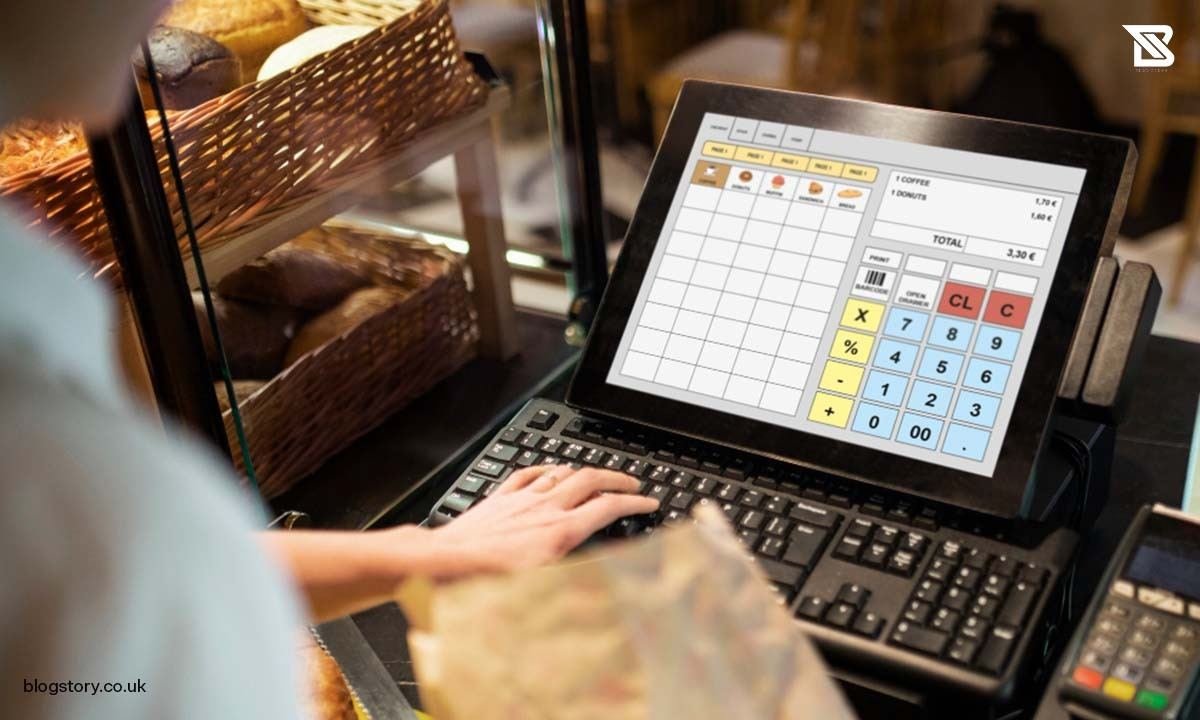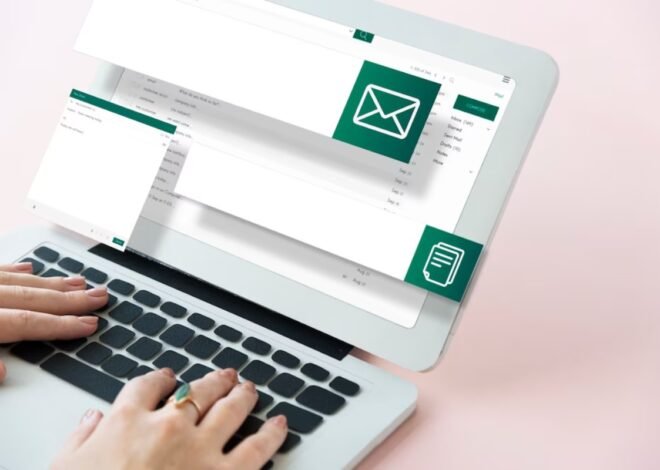
EPOS Software Buyer’s Guide
For modern businesses, an Electronic Point of Sale (EPOS) system serves as the epicenter for managing essential operations. However, the myriad of options can overwhelm buyers struggling to determine the best fit for their specific business needs and workflows.
This comprehensive buyer’s guide aims to simplify the evaluation process with actionable insights on key factors to consider before selecting an EPOS solution.
Start By Understanding Your Requirements
As the foundation for decision-making, clearly define your business requirements and priorities:
- Consider your business model and industry sector. For example, hospitality businesses may focus on order and table management capabilities while retailers prioritize robust inventory management.
- Analyze your sales process and existing workflows and tools. How do you currently handle payments, track customers, manage supplies?
- Evaluate your omnichannel strategy. Do you sell exclusively offline or online? Through a unified commerce approach? Identify EPOS support for your existing and future sales channels.
- Project growth plans for the coming three to five years. Will you expand to new locations or markets? Introduce new product lines? The right EPOS provides scalable, flexible growth support.
Thoroughly understanding your current operations and future ambitions guides intelligent feature prioritization for an EPOS tailored to your workflows.
Assess Needed Capabilities by Industry
While core POS functionality remains largely consistent, certain business types require specialized enhancements. Evaluate industry-specific capabilities:
Retail EPOS Software:
- Advanced inventory insights
- Supply chain integration
- Customer relationship management (CRM)
- Queue busting
- Click and collect
Restaurant EPOS Systems:
- Table/order management
- Online ordering takeaway /delivery management integrations
- Menu/recipe management
- Kitchen display systems (KDS)
Hospitality EPOS Solutions:
- Property management system (PMS) connectivity
- Housekeeping task assignment/tracking
- Group/event booking management
Beyond specialized features, optimize EPOS software adaptability to support emerging channels like self-checkout or digital wallets through open APIs and third-party integrations.
Prioritize Simplicity and Usability
An intuitive user interface minimizes staff training requirements and ensures consistent adoption across your organization. Consider both visual design and navigational elements:
- Clean, uncluttered screens streamline navigation and transactions.
- Touchscreen layouts allow quick tap-based interactions.
- User-friendly features like search bars, favorites tabs, and manual data input minimization simplify workflows.
- Access comprehensive role-based permissions to control staff system access and capabilities.
While assessing the manager interface, emphasize clear visibility into essential analytics for data-driven decisions on pricing, inventory, staffing and more.
Additionally, mobile compatibility enables transactions and inventory management from anywhere via tablet or smartphone applications to boost convenience.
Get The Right Hardware
Robust EPOS software means little without properly functioning hardware for capturing transactions, displaying data and enabling peripheral connections.
Key hardware considerations include:
- Reliability and durability – Quality components sustain heavy use without failure.
- Processing capabilities and connection options – Integrate scanners, printers, tablets and more.
- Power options – Battery, electric, mobile to support station flexibility.
- Receipt formatting – Tailor branding, layouts and call to actions.
- Warranties and support – Access affordable repairs/replacement.
While some EPOS providers sell specialized proprietary hardware, many integrate with third-party devices. Compare capabilities and costs to determine the optimal configuration aligned with your budget.
Secure Payment Handling
As payments grow increasingly cashless and mobile, secured payment processing proves paramount.
Key features include:
- Omnichannel payment acceptance – In-person, online, mobile, and more.
- Contactless payments – One tap transactions via digital wallets or cards.
- Tokenization and encryption – Protect sensitive card data in compliance with standards like PCI DSS.
- Fraud prevention – Leverage AI and analytics to identify suspicious patterns.
- Tip adjustments – Enable post-payment tipping functionality.
- Signature capture – Store customer signatures for select transactions.
- Partial/split payments – Accept multiple payment types across one transaction.
Enhanced payment handling boosts customer convenience, trust, and likelihood of repeat business.
Hassle-Free Tax Handling
Calculating multiple sales tax rates across regions quickly grows complicated, eating up precious time better spent on revenue-driving tasks. Simplify tax with automated features for:
- Tax table integration – Automatically apply appropriate rates.
- Tax-inclusive pricing – Built-in tax calculations for item prices.
- Tax exemption management – Streamline tax-free documentation.
- Custom tax rules – Configure specialized locale settings.
- Reporting – Detailed logs for reconciliation and auditing needs.
By extracting the complexities of tax liabilities, EPOS systems grant freedom to focus on business growth.
Omnichannel Inventory Visibility & Optimization
Inventory is the lifeline of retail and hospitality businesses. An EPOS ordering system centralizes monitoring and management via:
- Real-time visibility – Instantly track inventory counts across all locations.
- Auto-sync – Maintain updated inventory across online/offline channels.
- Reorder notifications – Alerts to replenish stock before outs.
- Transfer stock – Seamlessly move inventory between locations.
- Supplier integration – Streamline restocking/payments through connected procurement.
- Recipe/ingredient tracking – Granular oversight in restaurants/bars.
- Analytics – Identify fast/slow-moving items, waste reduction opportunities and ideal par levels.
With holistic inventory oversight capabilities, efficiently match supply to rising customer demand.
Harness the Power of Data
Transform payments, orders, inventory and more from disjointed data points into actionable business insights via robust reporting.
Key analytical capabilities:
- User-friendly dashboard – Visually track KPIs like sales, revenue, foot traffic.
- Custom reporting – Tailor reports to your specific planning needs.
- Scheduled reports – Automatic data exports to inform decisions.
- Customer analytics – Identify peaks, purchase trends, demographics.
- Menu performance – Assess bestsellers, profits, adjustments.
- Cash flow analysis – Reconcile transactions and predict future needs.
Uncover hidden opportunities to attract customers, propel growth and outperform competitors through intelligence derived from integrated analytics tools.
Enhance Customer Relationships
Expanding reach requires deepening existing customer connections through loyalty programs, personalized promotions and CRM-supported retention initiatives.
Core CRM-linked features consist of:
- Centralized customer profiles – Consolidate transaction history, order tendencies, contact information.
- Promotions engine – Create and manage customized deals and incentives by customer tier.
- Loyalty programs – Configure point earning models to reward repeat business.
- Customer communications – Email/SMS capabilities to nurture relationships.
- Sentiment tracking – Capture ratings, reviews and survey feedback.
- Third-party CRM integrations – Connect platforms like Mailchimp to unify data.
Strengthening customer relationships beyond the point of transaction leads to improved retention, higher sales and brand advocacy.
Evaluate Support Systems
Even intuitive software hits snags occasionally. Understand available support systems prior to purchase including:
- Onboarding – Look for platform-specific onboarding programs to guide setup.
- Technical support – Review response times, channels (email/phone/chat/in-person), availability across time zones.
- Troubleshooting resources – FAQs, help centers, video tutorials.
- Ongoing success management – Ask about post-launch check-ins and optimization.
- Community forums – Collect insights from fellow users.
Prioritizing learning and troubleshooting assistance ensures you fully leverage advanced functionalities while minimizing business disruptions.
Moving Forward With EPOS
Transitioning to an integrated, omnichannel-ready EPOS solution allows businesses to break free from outdated legacy systems and siloed operations.
From unified commerce to powerful analytics tools, modern options help retailers, restaurants and hospitality providers consolidate tasks, gain insights to guide growth opportunities, and enhance both customer as well as employee experiences.
While selecting the right software is highly specific to your current and future needs, following this comprehensive buyer’s guide will empower intelligent decision-making in aligning with an EPOS system that maximizes operational efficiency and drives revenue now as well as years into the future.
You May Like Also:












